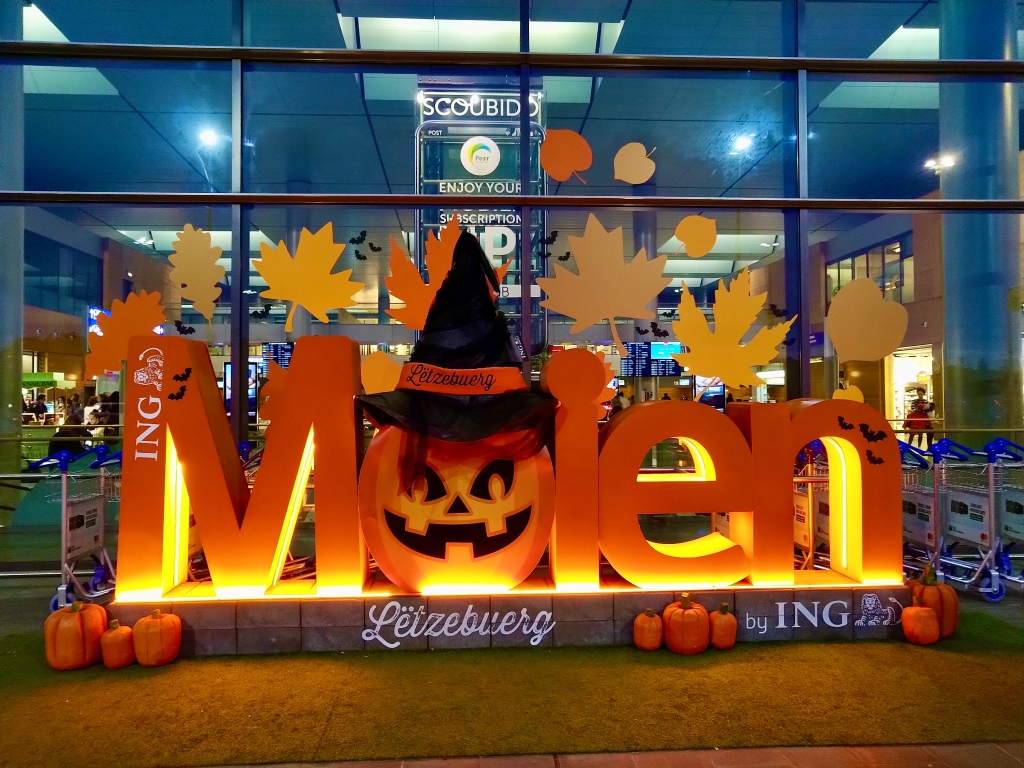
Luxembourg is a country that is somewhat unfairly dismissed by many as a holiday destination, often little is known about it and people wrongly (in my opinion) assume it is probably a bit boring. However after seeing some very picturesque views of Luxembourg City we decided it was definitely worth a trip.
Being small and compact, it is easy to explore the capital on foot, but a new initiative introduced soon after our visit means that public transport is now free for everybody, right across the whole country. Although we still had to pay at that point, the fares for local buses and trams were already very good value.
We started our exploration at the Chemin de la Corniche, a pathway that takes in some of the best known views of the city. Then in the centre we walked around the various squares and visited the cathedral.


The proximity to various borders makes a day trip to another country an easy option, so we decided to get the train along to Trier in Germany. This is a reasonably quick journey and takes in vineyards of the famous Mosel wine growing region. I always find there’s quite an element of excitement to crossing borders especially when it’s achieved so seamlessly as is the case within the Schengen area.

Trier is a real treasure trove of places of historical interest. There are many Roman remains, the most famous being the Porta Nigra city gate. You can actually go inside and get good views over the surroundings from the top.
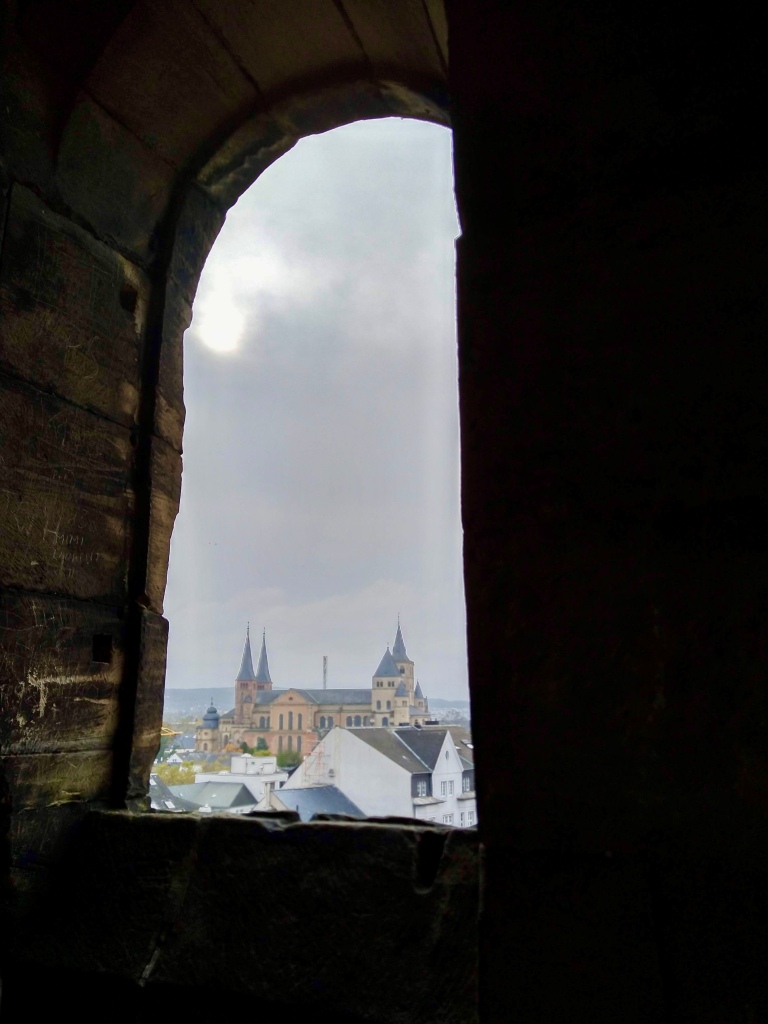
There is also a pleasant and bustling central area to walk around, a cathedral, and we found a fantastic restaurant for lunch that specialised in everything to do with potatoes.

However probably the highlight for us was the Karl Marx House museum. This is a very comprehensive overview of his life and politics, all set in the house where he was born, and attracts many Chinese visitors. There is even a Marx themed pedestrian crossing light outside, which was installed in 2018 to celebrate the 200th anniversary of the philosopher’s birth.

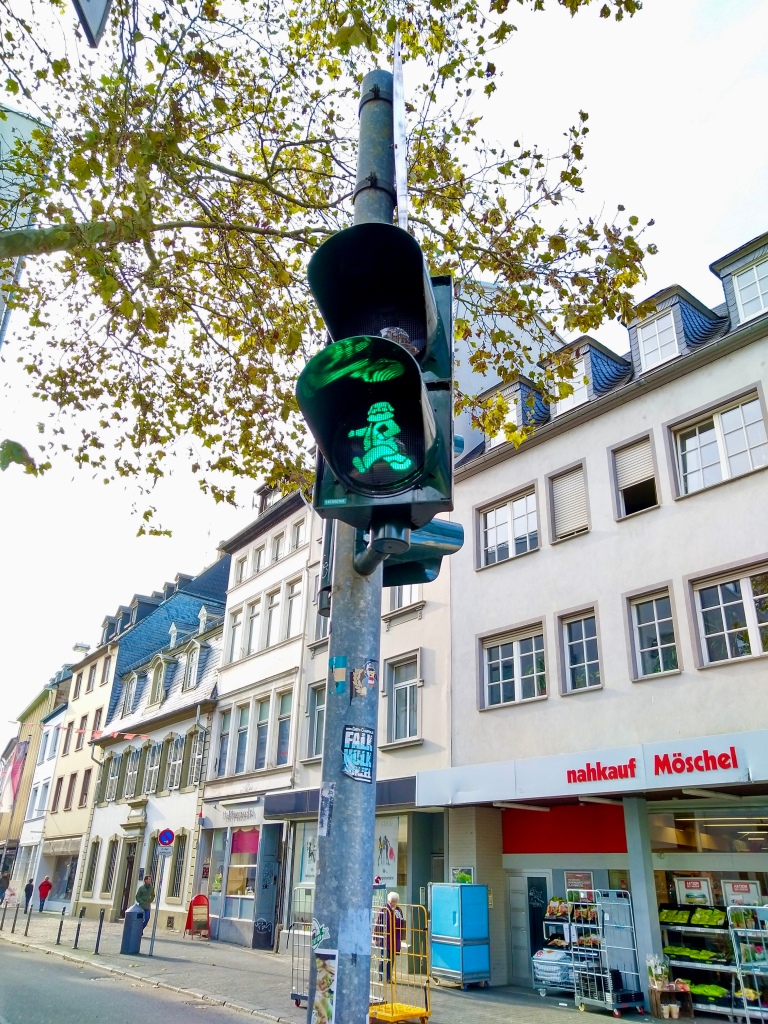
Back in Luxembourg, we spent some time exploring the famous Casemates du Bock, an extensive series of underground tunnels which amongst other uses served as bomb shelters during World War II. Although underground, there are many openings that serve as handy viewpoints.
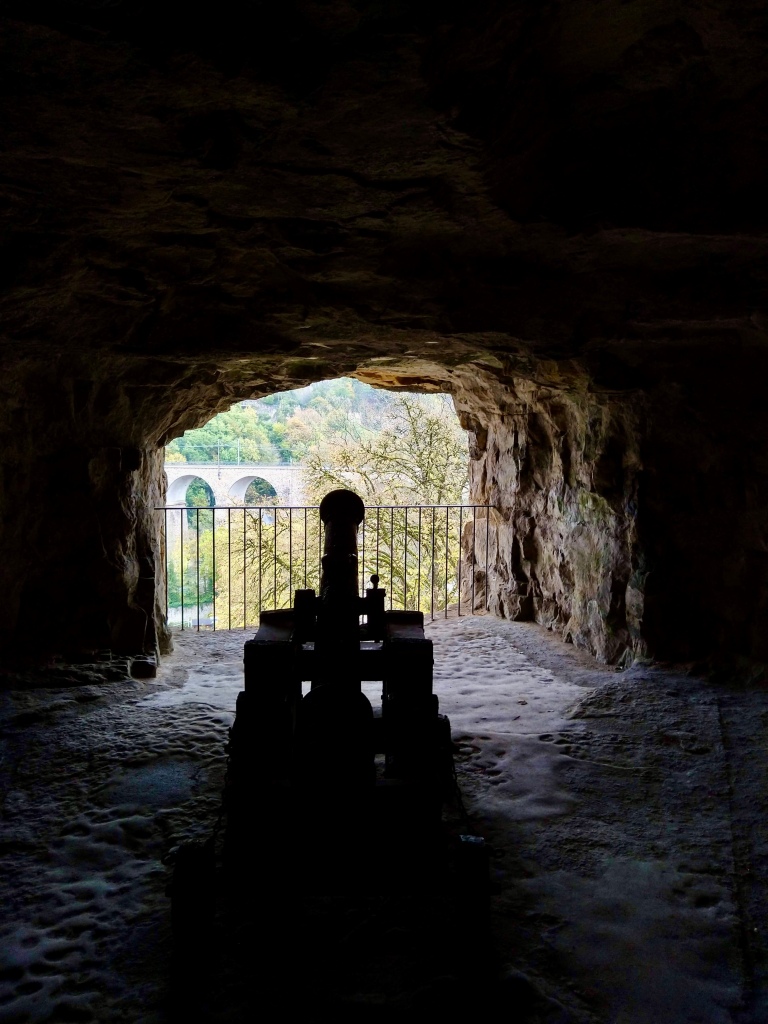
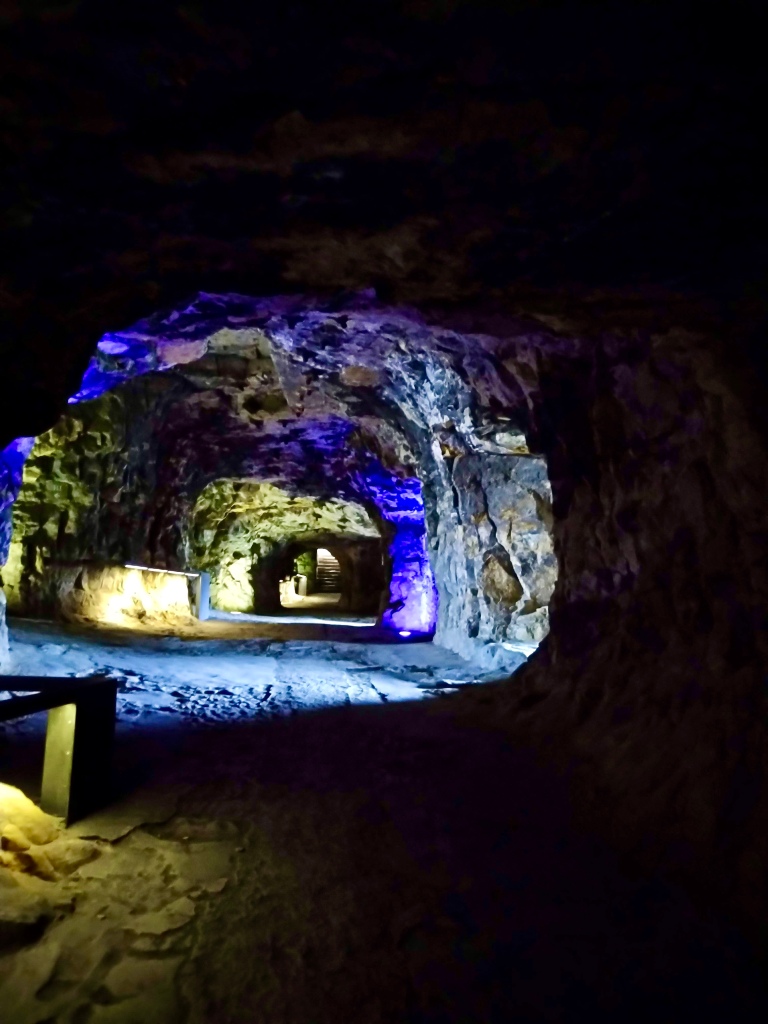

The Luxembourg City History Museum is also worth visiting and has exhibits about the city as well as a focus on the European Union.

Although Luxembourg is perhaps not well known for its cuisine, I did have a very nice traditional dish of dumplings with bacon and apple sauce.

On our final day we visited Fort Thüngen, which has interesting exhibits. It is on the edge of the administratively important part of the city which contains many large modern buildings and EU institutions. There is also a short funicular railway, something we always find fun to go on.


Perhaps fittingly for one of the richest countries in the world, Luxembourg has a Bank Museum which is fairly small but has plenty of interest.

I hope I’ve inspired some of you to take a trip to Luxembourg, there is certainly more than enough to occupy a few days and we didn’t have time to see everything that was on offer. There are other places to visit within the country such as Vianden Castle and the little village of Schengen, which as well as being where the eponymous treaty was signed is also a tripoint where Luxembourg, France and Germany meet (I will write more about tripoints in a future post about Basel). These outings would be even easier now that public transport is free.
